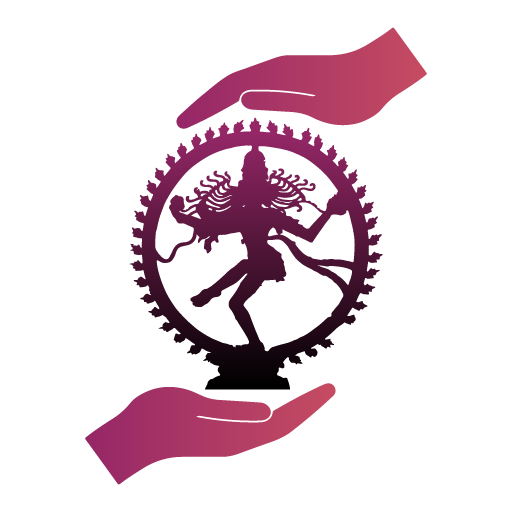Domain:Performing arts
State: Uttar Pradesh
Description:
Nautanki, a folk operatic theatre form, has emerged out of many traditions such as Bhagat, Swaang etc. It implies acting with and through singing. Central to the performance is the Nakkara, a percussion instrument which heralds the announcement of the start of a performance, bringing the audience into the performing space, which could vary from the village square to the marketplace. The audience sits around a raised platform (sometimes constructed) on which a nightlong performance takes place. The atmosphere is informal and interactive. The stories vary from episodes in the Ramayana and Mahabharat (like Satya Harishchandra) to Persian tales like Laila Majnu. Many groups use written scripts by authors, like Natharam Gaur, but there is ample scope for improvisation and spontaneity. Heightened poetry consisting of metric patterns of different syllables like doha, tabil, maand, khamsa, dedtuki, behre tabil, chaubola, are used. There is an element of high drama because of emotional conflicts and universal situations that are played out, incorporating shades of valour, pathos and love. In Hathrasi style there is an emphasis on singing which borders on classical ragas, but the artist has the freedom to add individual colour and improvise spontaneously while performing. The Kanpur style incorporates stylised and eloquent speech with broad clear gestures. Interludes, comedy and dances are interwoven, which over a period have gained popularity. Earlier the female roles were enacted by male actors but the 1930s entry of women changed the scenario completely. Some groups use elaborate costumes while others do not consider this essential. This is a form widely spread over the Jamuna-Gangetic plain of Northern India. Hathras, Kanpur, Agra, Mathura, Jhansi, Banda, Barabanki in Uttar Pradesh and Sonepur, Patna, Rajgir, Nalanda in Bihar are important centres of this art form. It is also prevalent in other states such as Rajasthan, Haryana and Madhya Pradesh. Nautanki is a secular, broad and an inclusive art form that incorporates people from various castes and communities such as Khangar, Pal, Thakur, Darzi, Gadehr, Nai, Pasi, Chamar, Kahar and Brahmin Valmiki, Dholi, Jato, Mirasi, Bhand and Kalamat and Muslim communities. The women performers are mostly from the Bedin, Sonar, Barin and Lodhi communities. The Nats are also involved in acrobatic and comic acts.
 Government of India
Government of India







































 Recognizing the ongoing need to position itself for the digital future, Indian Culture is an initiative by the Ministry of Culture. A platform that hosts data of cultural relevance from various repositories and institutions all over India.
Recognizing the ongoing need to position itself for the digital future, Indian Culture is an initiative by the Ministry of Culture. A platform that hosts data of cultural relevance from various repositories and institutions all over India.